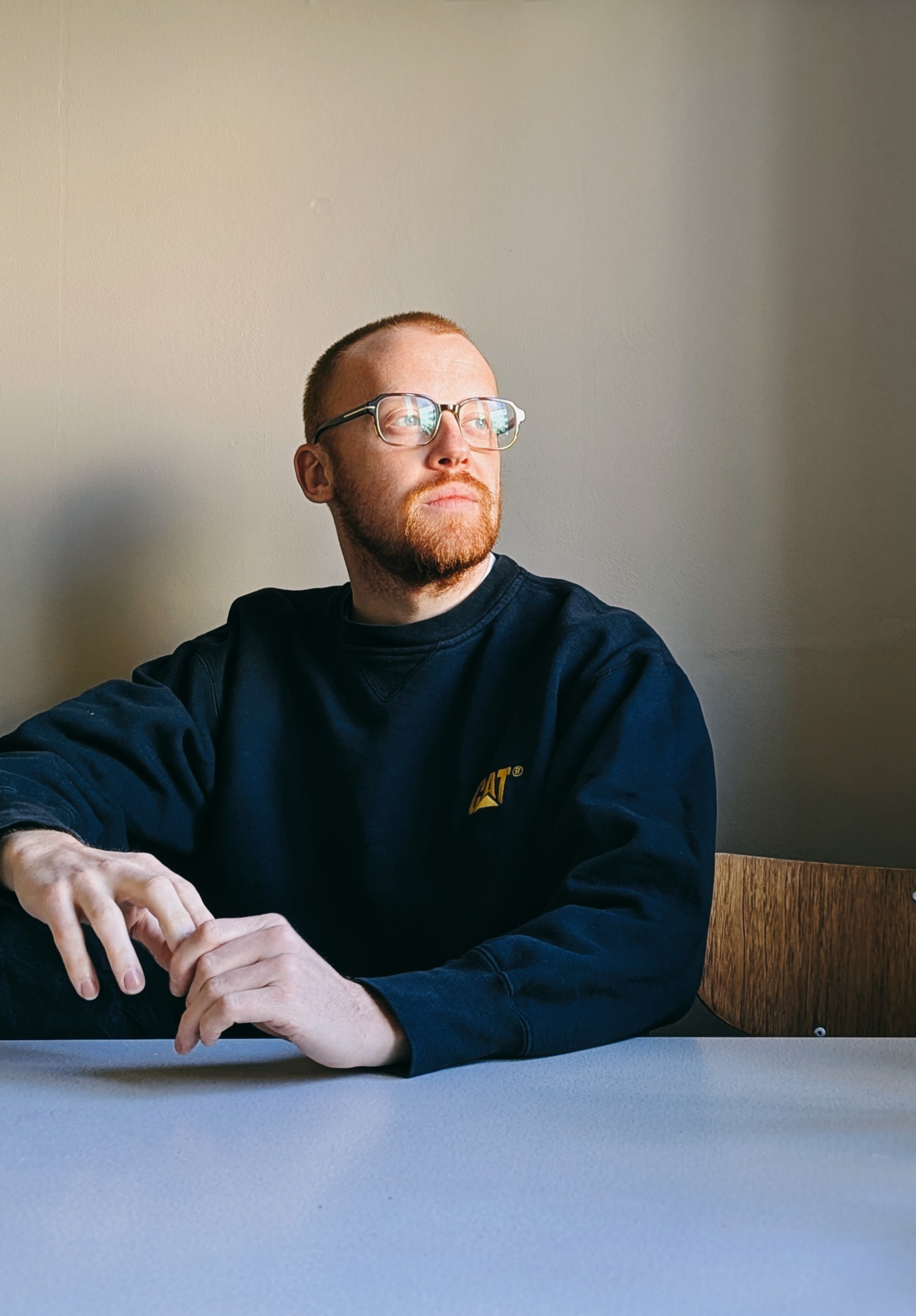2023, 10 weeks
Project Brief
Aquatik is a smart water bowl system designed to give pet owners peace of mind by helping them monitor their pet's hydration.
The Problem
Pet owners often struggle to track their pet's water consumption. Insufficient water intake can lead to health problems in animals. The current market lacks user-friendly products that help pet owners monitor their pet's hydration.
The Goal
Design an innovative water bowl with integrated features that provide pet owners with better insight into their pet's water intake.
Team
Group of 5 interaction design students with a shared resposibility of all aspects of the design.
Tools
Figma Miro Blender
The Process
User Research
Surveys
Questionnaires were distributed to pet owners to understand their struggles and desired features in a water bowl system.
Expert Interviews
Pet store staff provided valuable insights into market trends and existing products.
Key Findings
Data Analysis
Thematic Analysis
Information from surveys and interviews was analyzed to identify recurring themes and user needs.
The key findings from analysing our data was that the respondents all wanted a system of a physical product and an app that are connected to the physical product. Based on these insights, we created a list of requirements and defined the key app screens, which guided our design decisions.
Design
Sketches
We started out by sketching a low fidelity prototype of an app by letting each member of the group sketch a couple of variants of a design, then we presented the sketches to each other and voted on the ones we liked the most.
Sketches of registration and bluetooth connection.
Sketches of the main page and on the "specific pet" page.
Sketches of the "Health" page.
Wireframes
We moved into Figma to create the wireframes to get a better understanding of the flow of the app and a more structured visualization of the layout.
Wireframe of Aquatik, here the flow of the app is starting to become apparent.
Mockup
We created graphical mockups to establish the app's aesthetic and ensure a cohesive visual style.
Graphical mockup of Aquatik.
Interactive prototype
The final step was to make the prototype interactive by adding the necessary transitions between pages, creating a more immersive experience of the app.
This was also necessary to be able to evaluate and test the design.
Testing
Heuristic evaluation
Due to project constraints, we couldn't conduct extensive user testing. Instead, we performed a heuristic evaluation using Nielsen's 10 Usability Heuristics.
-
Key Findings
- Improve pet profile creation
- Personalize the user experience
- Enhance navigation for managing multiple pets
- Organize saved health information
SUS
A SUS (System Usability Scale) is often used due to it being a "quick and dirty" way of testing systems while also being low cost. This suited our project perfectly.
Below are our results from the SUS.
-
Individual Test Scores
- User Test 1: 97.5
- User Test 2: 75
- User Test 3: 72.5
-
Key Findings
- Users were generally satisfied with the app and found it easy to use.
- Some minor usability issues were identified, such as difficulty finding certain buttons and interpreting graphs.
-
Improvements to be made
- Improving button visibility and labeling.
- Using a line graph instead of a bar graph for water consumption data.
- Adding an average daily water consumption indicator.
- Clarifying the icon for bookmarking articles.
Note: The SUS evaluation was conducted at the end of the development process as a summative evaluation, so there was no time to implement the identified changes before submitting the project.
Physical product
As part of the course, we were also tasked with designing a physical prototype connected to the digital app.
Here we were given more "creative freedom" in how it should work and looked. We weren't required to test the prototype or actually create it physically.
We settled on some sort of water bowl for pets based on the answers from our inital survey.
Since I have experience in 3D I took charge of creating a 3D prototype of a physical product that we together made inital sketches out of, as shown below.
Sketches of a physical water bowl.
After discussing the different designs we settled on a design that we could iterate on and then moved on into Blender for creating the 3D prototype.
